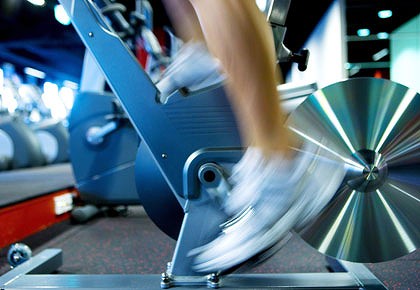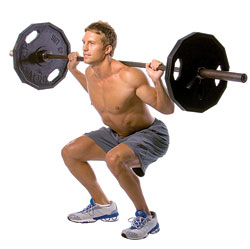 How would you like to burn 200 calories in just 2.5 minutes of exercise? Researchers from Colorado State University and University of Colorado Anschultz Medical Campus found that interval training can do just that.
How would you like to burn 200 calories in just 2.5 minutes of exercise? Researchers from Colorado State University and University of Colorado Anschultz Medical Campus found that interval training can do just that.
In recent years, high intensity interval training has become increasingly popular due to its fat burning benefits. Though the training is intense, itâs quick - and thus, it fits nicely into even the busiest of schedules. Itâs an extremely efficient form of exercise, and there has been an increasingly large body of evidence and research to support the claims.
In this new study, researchers recruited healthy male volunteers between the ages of 25 and 31. For three days, the volunteers were locked into individually sealed rooms with the air intake and exhaust regulated. Specialized equipment measured oxygen, carbon dioxide and water content to determine how many calories each volunteer burned per day.
Though the first two days of the stay were largely sedentary, volunteers engaged in high intensity interval training on the third day. Using a stationary bike, the volunteers sprinted against high levels of resistance for 30 seconds. Coached over an intercom, the volunteers were told to give 100% effort. After the sprint, volunteers were given a four minute period of recovery - and then, another sprint. This continued until five, 30-second sprint intervals were completed.
In total, the workout amounted to 2.5 minutes of hard exercise. After analyzing the results from the roomâs calorimeter system, researchers concluded that an extra 200 calories were burned during the high intensity interval training day. The increased calorie burn occurred not just during the exercise, but for several hours thereafter.
200 calories is a huge return for such a small investment of time. When completed a few times per week, itâs easy to see how these calories could add up - and result in big changes and sustainable weight loss over time.
To try interval training for yourself, download Davey Waveyâs Get Ripped Workout.








 Hey Davey!
Hey Davey!








